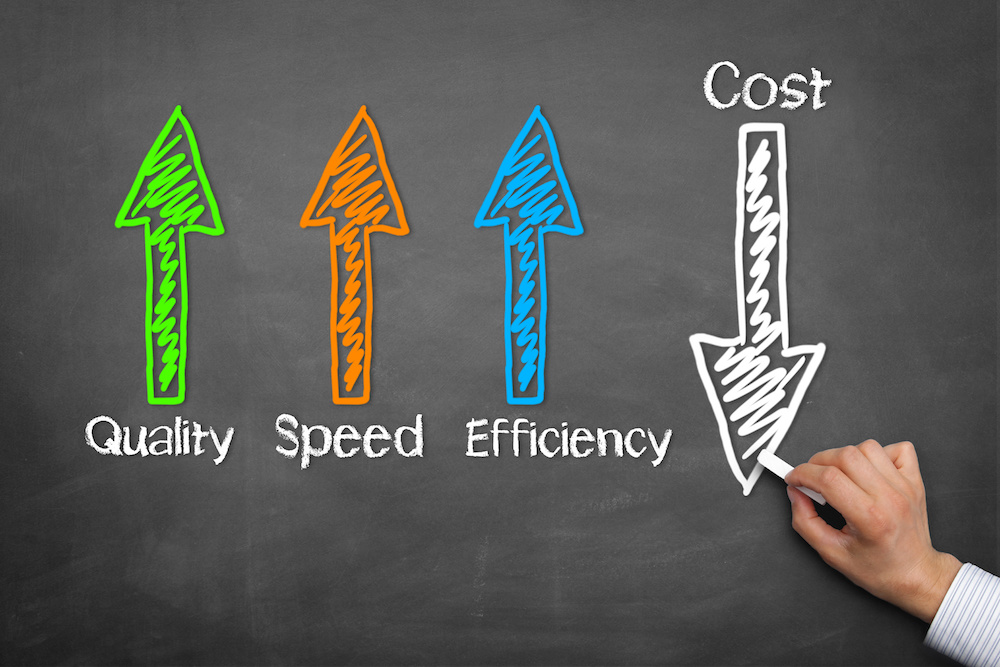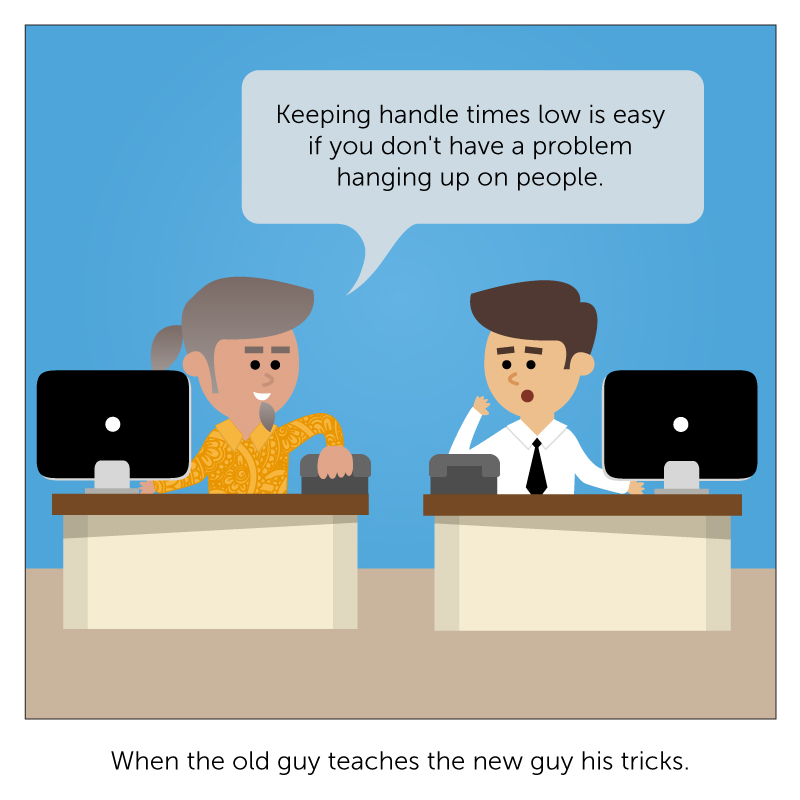This is the third of a series on omnichannel contact center communications in the cloud.
You may have been considering moving your on-premise contact center to a unified omnichannel contact center for some time. But moving is a big step – how do you know when the time is ripe? In this third part of our series, we’ll discuss how you know when it’s the right time to migrate to a unified omnichannel contact center.
1. When Agent Productivity and Operational Performance Becomes an Issue
If you’re having difficulty managing and/or controlling your Operational KPIs (Key Performance Indicators), such as volume of customer interactions handled by the call center, caller wait times, first call resolutions, it’s time to move to a unified omnichannel contact center.
In your current environment, how many applications must an agent juggle during a customer interaction? If you are already offering multiple channels, but they are not unified, chances are they have to jump between systems. And if the customer has interacted with the company via other channels than the one they are using today – does the agent have access to previous communications with that customer? If not, they have to start the conversation all over again with the customer, which leads to increased time on a call.
Unified omnichannel contact center systems significantly increase agent productivity by giving agents an integrated environment in which to work. They no longer have to juggle multiple systems and can see all past interactions with a given customer across channels to provide optimal customer service.
2. When Business Performance Becomes an Issue
If you’re having issues managing and/or controlling your Business KPIs, it’s time to move to a unified omnichannel contact center. Business KPIs you likely want to improve include sales, upsells, cross-sells, conversion rates, and customer satisfaction and retention. How is a unified omnichannel contact center going to help with those KPIs? In three ways:
- By providing the agent information about the customer and all their past touch points across channels in their customer journey. If the unified omnichannel contact center system is well integrated with your Customer Relationship Management (CRM) system, there is even more information available to the agent to provide the best customer experience.
- By giving the customer the choice of how to interact with the contact center. How many times have you been on a website, had some questions before you bought, and postponed asking the question because it required picking up the phone or submitting the questions via a general web form that could take days to get the answer? Chatting and emailing with an agent in real-time can increase the number of customers who contact you and therefore increase the probability of sales and upsells.
- By increasing customer satisfaction. Many of us have experienced interacting with an agent who doesn’t have access to data about your past interactions – particularly across channels – because those are in other systems. A unified omnichannel contact center system keeps all the interaction history together regardless of channel, so the agent can start where the last conversation left off. This significantly increases customer satisfaction.
The more evolved unified omnichannel contact center systems also provide real-time dashboards that display cross-system and cross-channel performance metrics. This allows you to manage the contact center holistically across channels and even allows you to change routing rules to redirect traffic to different teams and channels at the exact moment they need to be changed.
3. When Competition Becomes Tough – You Need a Unified OmniChannel Contact Center
If you’re losing business to competitors with more modern infrastructure, or having trouble attracting new customers who want multiple channels, it’s time to move to a unified omnichannel contact center. Surveys show that about 80% of customers want multimedia as a service option. Multimedia is a lower-cost service channel than phone, but should still provide the same level of customer service. You have an edge if you can offer channels that your customers want and that your competitors can’t provide because their legacy on-premise call center systems can’t keep up with technology,. When you have a cloud-based unified omnichannel contact center, technology upgrades come as part of the package, so you are always up on the latest innovations and don’t have to wait for them or pay any additional fees.
4. When Customers Get Tough to Satisfy (and Keep)
If your customers are unhappy because of bad contact center experiences (and if they’re so unhappy that they are leaving), it’s time to move to a unified omnichannel contact center. The goal is to give the customer the best experience possible.
We’ve already talked about how a cloud contact center can improve customer satisfaction by providing the customer a seamless experience across channels. In addition, a unified omnichannel contact center can balance interaction loads across channels and ensure the most efficient use of agents to provide the best possible experience. You can provide a consistent and improved experience across all channels, because you will be able to see what is working and what is not, and make appropriate changes accordingly.
5. When It’s Time to Leave a High-Maintenance System Behind
If you have disparate systems for different channels, when maintenance expires for those systems, or when they need an expensive upgrade, it’s a good time to move to a unified omnichannel contact center. You don’t need to feel “locked in” by your legacy on-premise system with its outdated technology.
Don’t think you have to move all your channels at once. In fact, many vendors don’t recommend that because the scale of the migration becomes too big. It’s possible to move channels one at a time as maintenance expires, and at the end of a year or two, you will have all your channels in the new unified environment.
As the saying goes, “When the going gets tough, the tough get going”. When you start experiencing performance issues, tough competition, unhappy customers, or high maintenance systems, it’s a good time to move to a unified omnichannel contact center. Check back next week for the next in our series – how to move to a unified omnichannel contact center.
Read this summary of a webinar featuring Irwin Lazar of Nemertes Research, to learn about Migrating Communications to The Cloud: An Opportunity to Improve Business Processes
Visit this page to learn more about unified omnichannel contact center solutions.








